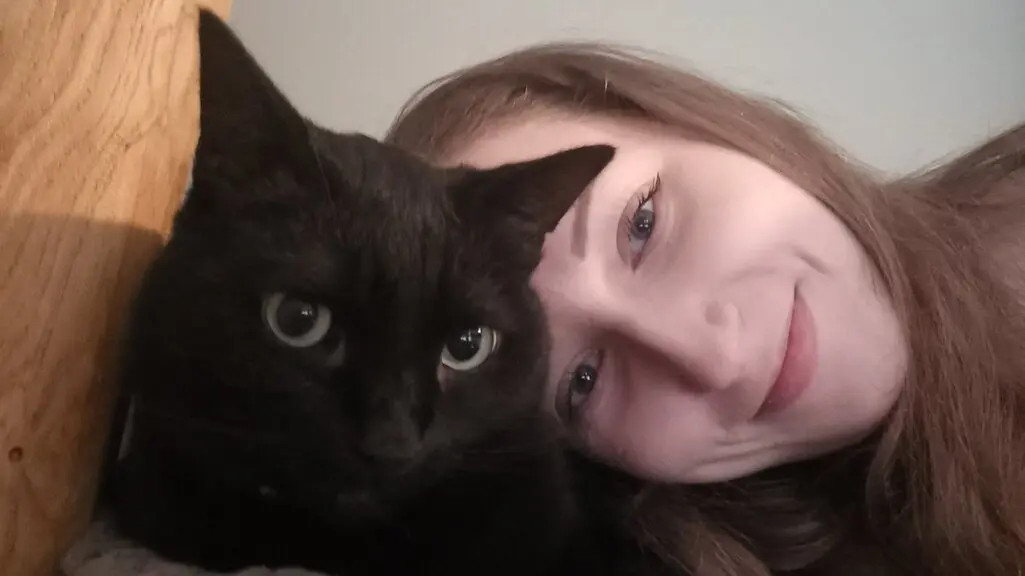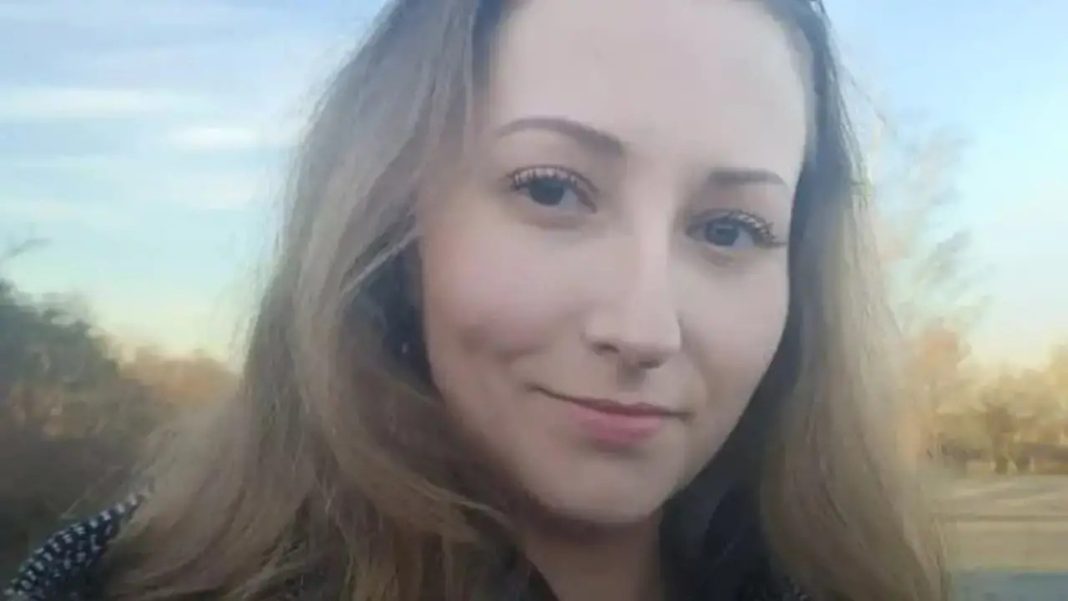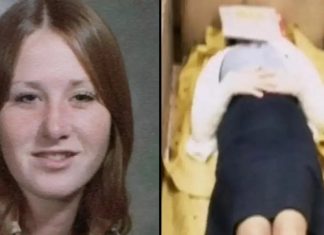The Complex Reality of Euthanasia: A Case Study of Zoraya ter Beek
Euthanasia, the practice of deliberately ending a person’s life to relieve suffering, has long been a contentious issue in society. The ethical, moral, and legal ramifications surrounding euthanasia vary widely from country to country, leading to heated debates. An unsettling case that has recently gained international attention involves a physically healthy young woman from the Netherlands named Zoraya ter Beek, who opted for euthanasia despite having no terminal illness. Her decision has reignited discussions on the right to die, mental health struggles, and the implications of such choices in a society that grapples with the meaning of life and suffering.

Zoraya ter Beek: A Life of Struggle
Zoraya ter Beek, a 29-year-old resident of a small village in the Netherlands, lived with several mental health conditions, including autism, depression, anxiety, trauma, and borderline personality disorder (BPD). Despite being in good physical health, ter Beek expressed that her internal battles rendered her life unbearable. The complexity of her mental health issues often left her feeling isolated and misunderstood, struggling against a society that frequently stigmatizes mental health conditions. In May 2024, she made the profound decision to end her life through euthanasia, a move that has stirred widespread discourse about mental health and the availability of support systems.

The Legal Framework of Euthanasia in the Netherlands
The Netherlands is one of the few countries where euthanasia is legally permitted, a policy that has been in place since 2001. The Termination of Life on Request and Assisted Suicide (Review Procedures) Act establishes stringent criteria that must be met for euthanasia to be considered legal. According to the law, individuals must be experiencing unbearable suffering with no prospect of improvement, and their request must be both earnest and well-considered. This legal framework aims to protect patients and ensure that euthanasia is not misused. However, the case of Zoraya ter Beek raises questions about what constitutes “unbearable suffering” and whether mental health conditions are adequately understood within this legal context.

Public Reactions and Ethical Considerations
The news of ter Beek’s euthanasia sparked a flurry of responses on social media, highlighting the deeply divided opinions surrounding the issue. Many expressed support for her choice, suggesting that autonomy over one’s life and death is a fundamental right. One user stated, “It’s her body, her choice,” emphasizing the importance of individual agency in such profound decisions. This sentiment reflects a growing movement advocating for the rights of individuals suffering from mental health issues to make decisions about their own lives, including the choice to end their suffering. However, others voiced concerns about the implications of her decision, arguing that alternatives and treatments could have been pursued further. Critics worry that the normalization of euthanasia for psychological suffering might undermine ongoing efforts to improve mental health care accessibility and effectiveness.

A Shift in Perspective on Mental Health Treatment
Health care professionals are increasingly acknowledging the complexities of mental health disorders and their potential to lead individuals to contemplate euthanasia. Some experts, like Stef Groenewoud, a healthcare ethicist, have noted a troubling trend: mental health practitioners may sometimes view euthanasia as a viable option for patients with psychiatric conditions. Groenewoud states, “Euthanasia seems to be presented as an acceptable alternative, especially in cases of psychiatric illness, where patients may be perceived as beyond help.” This shift raises critical ethical questions about the role of medical professionals in guiding patients through their mental health crises. It challenges the very foundation of psychiatric care, which is rooted in the belief that recovery is always possible, and calls into question whether enough is being done to provide viable alternatives to those who feel hopeless.
A Personal Goodbye
In her final moments, Zoraya ter Beek shared her desire to be euthanized peacefully in her home. She described the procedure as a deeply personal experience, emphasizing that it would not be a rushed or clinical affair. “The doctor takes her time,” she recounted, depicting a scene where the physician provides a comforting atmosphere, perhaps even sharing a cup of coffee before the procedure begins. This deeply human aspect of her story underscores the importance of compassion in such critical moments. Ter Beek expressed her mixed feelings about the concept of dying, viewing it as more of a release from suffering than a journey into the unknown. “I don’t see it as my soul leaving,” she said, “but more as being freed from life.” Her perspective invites us to consider the complexities of life, death, and the choices that individuals are compelled to make when faced with insufferable pain.
Seeking Help and Support
The case of Zoraya ter Beek serves as a poignant reminder of the importance of mental health and the need for comprehensive support systems. It highlights the critical requirement for society to foster environments where individuals can openly discuss their struggles without fear of stigma or judgment. If you or someone you know is struggling with similar issues, it is crucial to seek help. In the U.S., the National Suicide Prevention Lifeline is available at 800-273-TALK (8255), and in the UK, the Samaritans offer support at 116 123. These resources provide essential assistance for those in crisis, emphasizing that help is always available and that no one has to navigate their struggles alone. It is vital to remember that reaching out for help is a sign of strength and that avenues for recovery and support exist.
In conclusion, Zoraya ter Beek’s decision to choose euthanasia has raised significant questions not only about the legality and ethics of such actions but also about the profound struggles faced by individuals dealing with mental health issues. The broader implications of her choice urge society to reassess how we view mental health treatment, support systems, and the value of human life. As society continues to evolve in its understanding of both life and death, it is essential to approach these conversations with empathy, acknowledging the complexities involved in each individual’s journey. Ultimately, Zoraya’s story is not merely about her choice but also about the urgent need for more robust mental health resources and a compassionate societal response to those in pain.

















